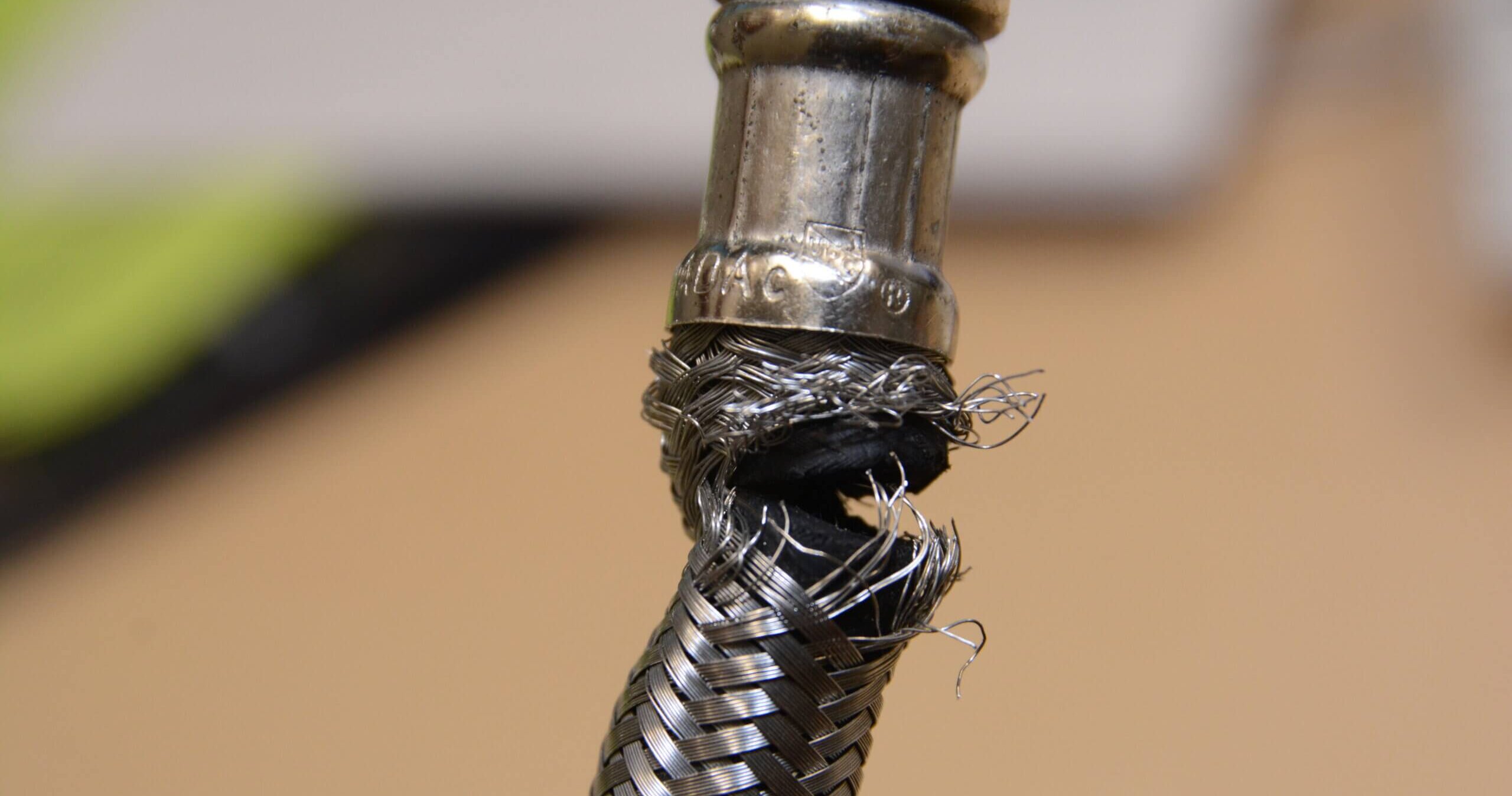Accidental or deliberate? Understanding water damage claims
By Shiyi Chen, M.Sc., M.Eng., P.Eng. and Nicolas Geoffroy, Ph. D., P.Eng.
In the insurance world, water damage claims have now surpassed traditional fire claims. Not surprisingly, this trend is also evident in fraudulent claims. While the primary responsibility of a forensic investigator is to determine the origin and cause of an incident, their work can sometimes reveal discrepancies in the reported facts.
For individuals with malicious intent, intentionally causing water damage can offer several advantages, particularly the ease of controlling the extent of the damage, which is not as straightforward with fire. In this scenario, an insured could cut a water supply line, wait until the damage has reached the desired level, and then shut off the building’s water supply. They could then claim that the rupture occurred while they were away.
In other cases, an insured individual may also attempt to fabricate a scenario entirely to conceal a mistake or an error.
While some frauds are more difficult to detect, others can be uncovered with a little detective work. Here are a few examples:

A Friend’s Secret Renovations
CEP worked on a claim where the insured had purchased a foreclosed property, that was in poor condition. Subsequently, a flexible hose (speedway) broke in his kitchen a few months after he had moved in.
“Visual examination by CEP revealed that the hose had been pulled apart with a tool, such as pliers. The insured stated that he had never touched the hose and that the part came with the house. However, a date on the speedway indicated that it was manufactured after the house was purchased by the insured.”
A friend of the insured then stated, in a sworn declaration, that he had the keys to the house and had secretly done some remodeling, including replacing the original speedway and had probably (and unknowingly) bought a defective one.
A few months later, the house was destroyed in a cooking fire.
Overpressure?
In another case, the insured claimed that over-pressurization of the municipal water network had caused multiple plumbing failures in their house, resulting in significant damage. The investigation revealed that the “overpressure” had caused several faucet cartridges to unscrew but, surprisingly, had not damaged them. In addition, the building’s drains had also been ruptured by chemical attack – not water pressure.
Lab testing showed that organic solvents had been poured into the plastic drains, resulting in their rapid degradation.
To Protect His Brother
Another type of similar claim is also common. In this case, the leak is apparently not voluntary, but the insured provides inaccurate or incomplete information after the failure, often for self-protection or to secure coverage for themselves or a third party.
For example, a large newly remodeled home suffered a flood nearing project completion, originating from a shower valve in the en-suite bathroom. The policyholder claimed that the valve spontaneously turned on, causing water leakage over a weekend, because the shower enclosure was not fully completed.
Upon investigation, it was discovered that the construction company responsible was owned by the insured’s brother, information that had not been previously disclosed. We tested the valve and it worked perfectly and was still being used daily by the owners. The circumstances suggested that the leak was the result of a builder’s error: water supply was restored to the building while the shower valve was inadvertently left on and no one noticed.
However, the homeowners were adamant that the valve was defective and that the claim should be covered by their own insurance, possibly due to coverage or deductible issues with the builder’s insurance.
A Long Stay and an Inattentive Friend
Since coverage for freezing failure is often limited, this can lead to misinformation as the insured quickly realizes that the loss may not be covered.
In a recent case, the owners of a home had left the country for an extended period of time to visit family. While they were away, a friend was supposed to check the house every few days, as required by the insurance policy. However, during the winter, a pipe froze and burst, causing a very large leak. Data from the smart water meter showed the day the leak started, information that contradicted the statements from the friend who was supposed to check on the house.
Further investigation revealed that the occupants had been out of the country for significantly longer than they had originally claimed and that the friend rarely, if ever, checked on the house.
In summary, fraudulent water damage claims can take many forms. However, with a little curiosity, and a lot of experience, the investigators at CEP Forensic will do their very best to uncover the truth and solve the mystery.
